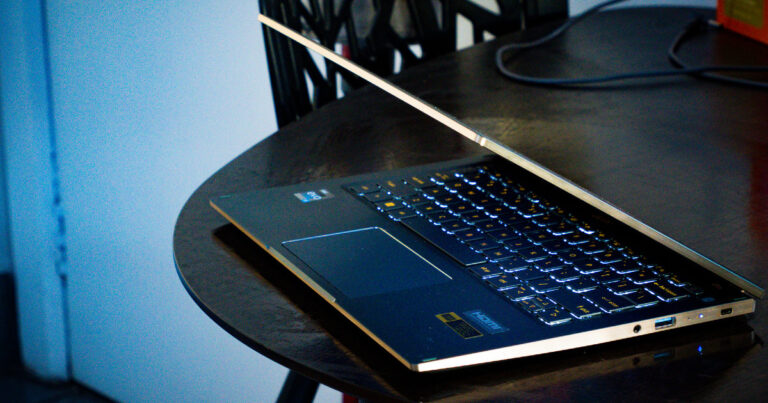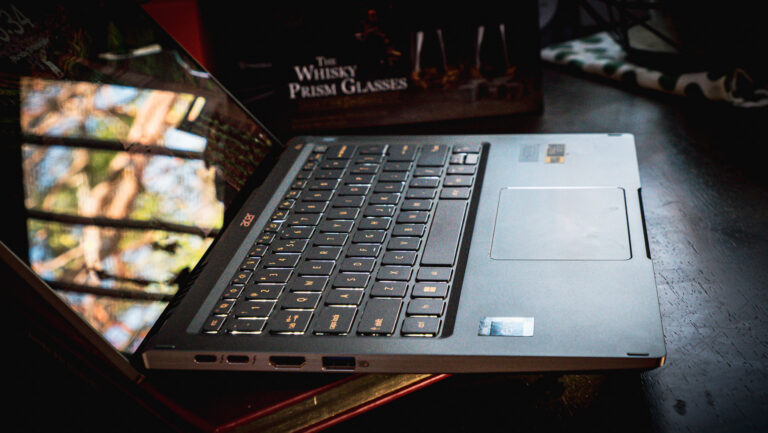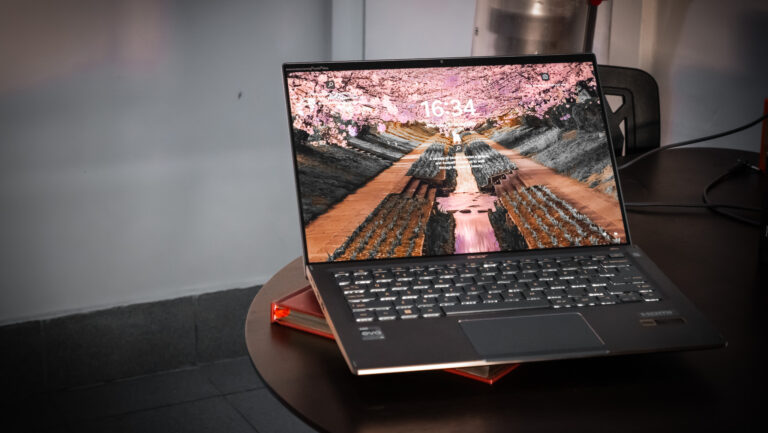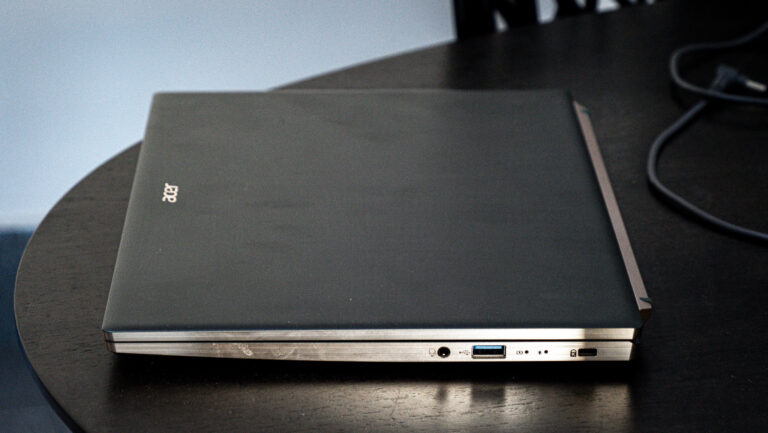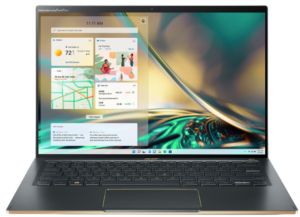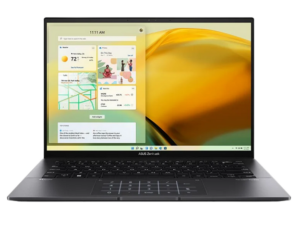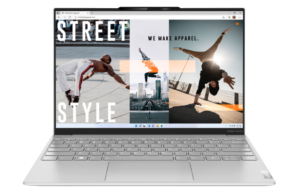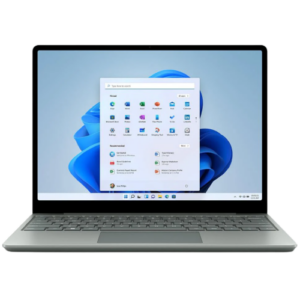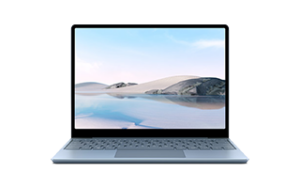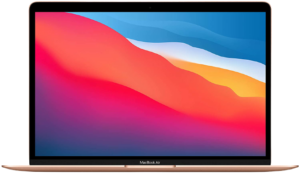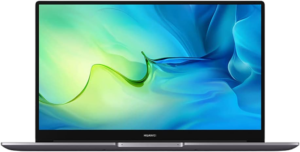Optus Mobile Review ALDI Mobile Review Amaysim Mobile Review Belong Mobile Review Circles.Life Review Vodafone Mobile Review Woolworths Mobile Review Felix Mobile Review Best iPhone Plans Best Family Mobile Plans Best Budget Smartphones Best Prepaid Plans Best SIM-Only Plans Best Plans For Kids And Teens Best Cheap Mobile Plans Telstra vs Optus Mobile Optus NBN Review Belong NBN Review Vodafone NBN Review Superloop NBN Review Aussie BB NBN Review iiNet NBN Review MyRepublic NBN Review TPG NBN Review Best NBN Satellite Plans Best NBN Alternatives Best NBN Providers Best Home Wireless Plans What is a Good NBN Speed? Test NBN Speed How to speed up your internet Optus vs Telstra Broadband ExpressVPN Review CyberGhost VPN Review NordVPN Review PureVPN Review Norton Secure VPN Review IPVanish VPN Review Windscribe VPN Review Hotspot Shield VPN Review Best cheap VPN services Best VPN for streaming Best VPNs for gaming What is a VPN? VPNs for ad-blocking By the standards of laptops, that figure is certainly on the high side. It’s a lot more than you’re looking at for an entry or mid-level variant of a premium machine like Apple’s latest MacBook Air or MacBook Pro as well as Windows-based machines like the ASUS Zenbook 14 OLED. Right now, the only place in Australia where the Acer Swift 5 can be found is on the official Acer website. However, when availability does widen, I suspect that it’ll be worth your trouble to look around for the price. When it comes to buying a laptop, pricing can vary significantly between both online and physical retailers. However, in the case of the Acer Swift 5, the aluminium chassis is a more natural place to kick things off. Smooth to the touch and indifferent to fingerprints, the body of the Acer Swift 5 looks every bit as expensive as it feels. The edges and the Acer logo engraved on the top of the machine contrasts against what’s found elsewhere, opting for an eye-catching and distinct gold instead of the usual matte grey. The rear-facing edge of the Acer Swift 5 bends and breaks the illusion of regularity, jutting out the back of the machine like the vent on a gaming PC. Fortunately, when you unfold the display this outgrowth tilts and turns to push the screen up to a more comfortable viewing angle. It’s not entirely unlike ASUS’ ErgoLift hinge, though slightly different up close. Thanks to a 14-inch IPS panel that incorporates deliciously thin bezels, the screen on the Acer Swift 5 is nice enough to look at though. With a resolution of 2560 x 1600 pixels and a 16:10 aspect ratio, the display here feels just that little bit more expansive than the average. Add to that the inclusion of an antimicrobial Corning Gorilla Glass coating, and you’ve got a generously-sized touchscreen that looks sharp and promises to resist the usual onslaught of blemishes and scratches. Despite these otherwise strong fundamentals, the glossiness of the screen on the Acer Swift 5 can sometimes work against it in brightly lit environments. Similarly, the absence of things like HDR or a high refresh rate also makes this an ill-fit for more-demanding content consumption. Likewise, the absence of wide colour gamut capabilities means that the price here is going to be equally hard to justify for content creators. There’s something to be said for not falling into the trap of including too many unnecessary bells, whistles and novelty features. However, that kind of restraint usually comes paired with a lower price point rather than the higher one found here. With the starting RRP being what it is, the appeal of this particular laptop largely lives and dies on how alluring you find the luxury-grade looks involved. For creative professionals, a colour gamut is essentially like a palette that a display can draw upon. The larger the gamut, the more colors it has. Some gamuts give you more greens to work with, while others have less. The ability of a given display to accurately render color from any specific gamut is measured as a percentage, affording professional users a quick and easy way to tell whether a given piece of hardware will be able to meet their needs. If you don’t already know what a colour gamut is, it probably shouldn’t affect your choice in laptop. Acer Swift 5 is premium and powerful, but it’s not particularly flexible. That sentiment applies regardless of whether we’re talking about thin and light alternatives like the Lenovo Yoga Slim 7i Carbon or productivity workhorses like the new Surface Laptop 5. In contrast to either of the above, the Acer Swift 5 is the kind of professional-oriented laptop that’s looking to stand out rather than blend in. It looks like most laptops do, but the details give it a visual pop and sell it as something slightly nicer than the norm. This kind of emphasis on aesthetics is sometimes synonymous with style over substance, but thankfully that’s not the case with the Acer Swift 5. The keyboard has a satisfying pushiness to it, and while the trackpad could be a little wider, it’s plenty responsive. That said, there was a subtle stubbornness here that got under my skin the more I used the machine. Clicking on the trackpad on the Acer Swift 5 required a small but noticeably greater amount of pressure than other laptops ask for, which can take some getting used to. You get a pair of Thunderbolt 4 USB Type-C ports, plus an extra two type-A inputs. There’s also a combo audio jack and an HDMI 2.1 output. Acer scores a few extra points for opting to stick with USB Type-C when it comes to charging here rather than anything more proprietary. This adherence to strong basics cuts both ways, however. For example, the dual speakers inside the Swift 5 are loud enough to be listenable but far from exceptional. Likewise, the webcam on the Acer Swift 5 is reasonably capable out of the box. Unfortunately, the quality of the video it captures can vary widely. Specifically, I found that it struggled in environments with low or uneven lighting in a way that my other webcam options didn’t.
The Acer Swift 5A USB Type-C charger and power brick
The result of these parts is much what you expect. Everyday performance of the Acer Swift 5 did little to deviate from the expectations the spec sheet inspires. Web browsing was fast and most apps ran cleanly but weren’t all that much more so than what you’ll get from the competition. Being fast enough for most is hardly a sin, but it does little to take the sting out of the price tag involved here. For $2,899, you’d hope that the Swift 5 would be able to feel much faster and smoother than it does. All told, I’d rate the Acer Swift 5’s performance towards the top end of the Everyday bracket. Even if it’s rocking the latest Intel silicon, it’s hard to imagine using this machine for anything particularly graphically demanding. Gamers and content creators will want to look elsewhere if they want their needs met. Those with more modest demands will be able to get by here, but the Acer Swift 5 doesn’t really make a compelling argument for why you should pick it over the many other options in the mix. Everyday processors should be able to confidently meet basic performance requirements for most people. Email, social media and web browsing shouldn’t be a hassle, and while they aren’t able to handle graphically-demanding AAA releases, they should be able to run some indie or casual games. Enthusiast processors should be able to easily exceed the minimum requirements of most users and be powerful enough to handle some AAA gaming, though not at the highest fidelity. Extreme processors should be able to do anything you can think of. Games should run at high frame rates on the highest possible settings, and multitasking shouldn’t be limited in any significant way. As for battery life, the Acer Swift 5 mostly conformed to expectations. It could take me through the ups and downs of an ordinary workday, but those expecting the ultra-long battery life of Apple’s most recent MacBooks will be disappointed to find that this device can’t keep up. Burned down via video streaming on YouTube, the Acer Swift 5 took 9 hours and 15 minutes to go from 100% to nil. In context, that result sits right in the middle of the pack. It’s better than you can expect from many gaming and ultralight options, but not quite as accomplished as category-leading laptops like the latest MacBook can offer. It’s also worth noting that batteries can only go so big. Most airlines won’t allow you to take any device with a battery larger than 100Whr onboard, so most manufacturers treat that as an unofficial size limit. If the Swift 5 is the model for those who don’t want to compromise on anything in particular, then the Swift 3 is the opposite. It’s the option for those who know they want an Acer laptop and they know exactly which corners they’re willing to cut for a cheaper price. More practically, that translates into the option of a less powerful Intel Core i5 processor, 8GB of RAM (rather than the 16GB found in the Swift 5) and either a FHD or a QHD screen (rather than the WGXD one found on the more expensive Swift 5). These differences aside, the two devices boast an almost identical set of ports and features. It really does come down to the performance. If you think you can get away with less, you can save a lot by going with the Acer Swift 3. You might be able to eke out a little more bang for your buck here, but the cost you’re paying for it is hard to ignore. You can spend close to half as much as this laptop costs and get performance that’s within the margin of error and if you want to spend this much, you’re probably better off getting something with a discrete GPU or a nicer screen. Give them five minutes to mess with it, and I suspect most people come away feeling like the Acer Swift 5 has the right parts and the wrong price.
Screen size and type: Unlike upgradeable components like your GPU, RAM and storage, you’re stuck with the display you buy when you purchase a laptop. Is it a comfortable size? Does it offer a wide-viewing angle? Resolution: Similarly, you can’t change your display’s resolution after the fact. 1080p (Full HD) is the bare minimum these days and most laptops worth their price tag aim for 1440p at least (QHD or QuadHD) but you can also opt for 4K if you’re willing to spend a little extra. Refresh rate: A screen’s refresh rate is the measurement of how frequently it changes. If you play fast-paced multiplayer games like Call of Duty, you know that the difference between a few milliseconds that a high refresh rate gets you can count for a lot. The higher the refresh rate, the better. Most conventional laptops offer 60Hz to 90Hz but fancier gaming laptops can offer 144Hz, 165Hz or even 240Hz screens. Ports and connections: Like your screen, ports will impact your everyday experience with a laptop, particularly if you use it for work. While you can work around this with USB hubs and adapters, a laptop with fewer ports than you need can quickly become a headache. Future-proofing: There are no hard and fast rules here but as a general suggestion, you’ll want to sure you’re laptop has the legs to survive a few years of technology improvements in any way you can. You can overshoot on your desired specs, spend more on a machine that’s more powerful than you currently need, or opt for a model or brand that has support for upgrades down the track. Check which features of the machine are upgradeable. The Dell XPS 15, for example, supports additional RAM, while Apple MacBooks do not.
Check out our dedicated laptop buying guide for more suggestions on shopping for the best laptop for your needs. If your next laptop doesn’t support upgrading your RAM later down the line, it’s usually smart to overshoot and aim for 32GB of RAM instead. If you’re looking to find out just how fast the RAM in your laptop is, the quickest way to do so is to identify the type of memory and then Google the standard expected speeds that it should offer. For example, LPDDR5 offers speeds of up to 6400Mbps while DDR4 memory can only rev up to 3200Mbps. If you want to go one step further and determine whether the RAM in your laptop is delivering the speeds it should be capable of offering, then it might be worth putting the hardware to the test with a benchmarking tool like Novabench. Simply put, laptops of this price segment tend to sidestep all the compromises of going cheaper while getting most of the performance you’ll get from spending more. If you’re going purely by the numbers, the Intel Core i9 is going to provide the best results. However, it’s also the most demanding in terms of thermal management. A laptop running an Intel Core i9 processor will be faster than one with an Intel Core i7 or Core i5, but it’ll also run hotter. If you’re an everyday or more casual user, an Intel Core i5 is probably going to be fast enough for you. If you’re more discerning or planning to play a lot of games, then the up-sell to an Intel Core i7 probably makes sense. As with desktop PCs, the processor is only part of the picture, however. If your laptop lacks enough RAM or relies on a slower hard drive for file storage, that’ll act as a bottleneck on the performance of the machine as a whole.
